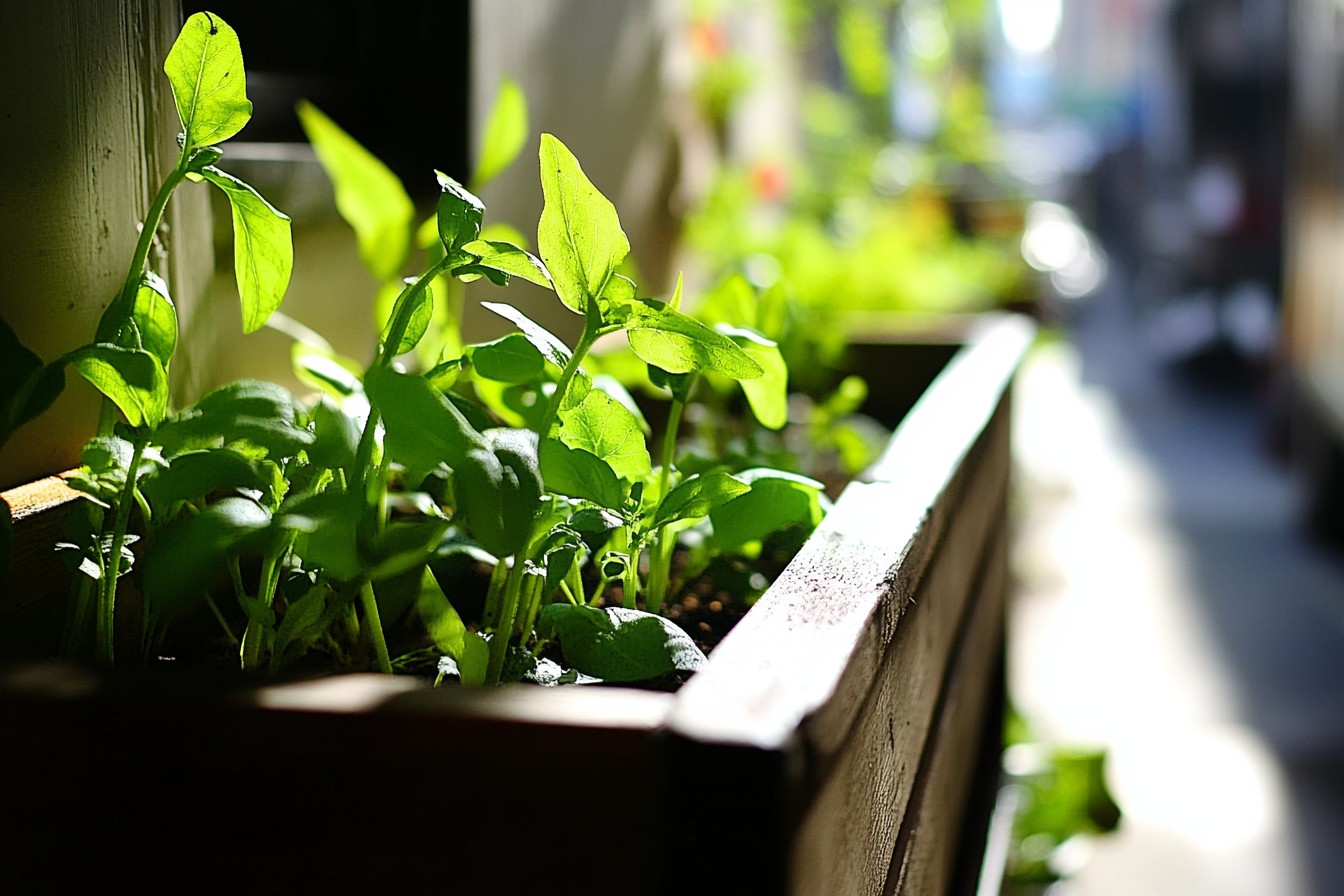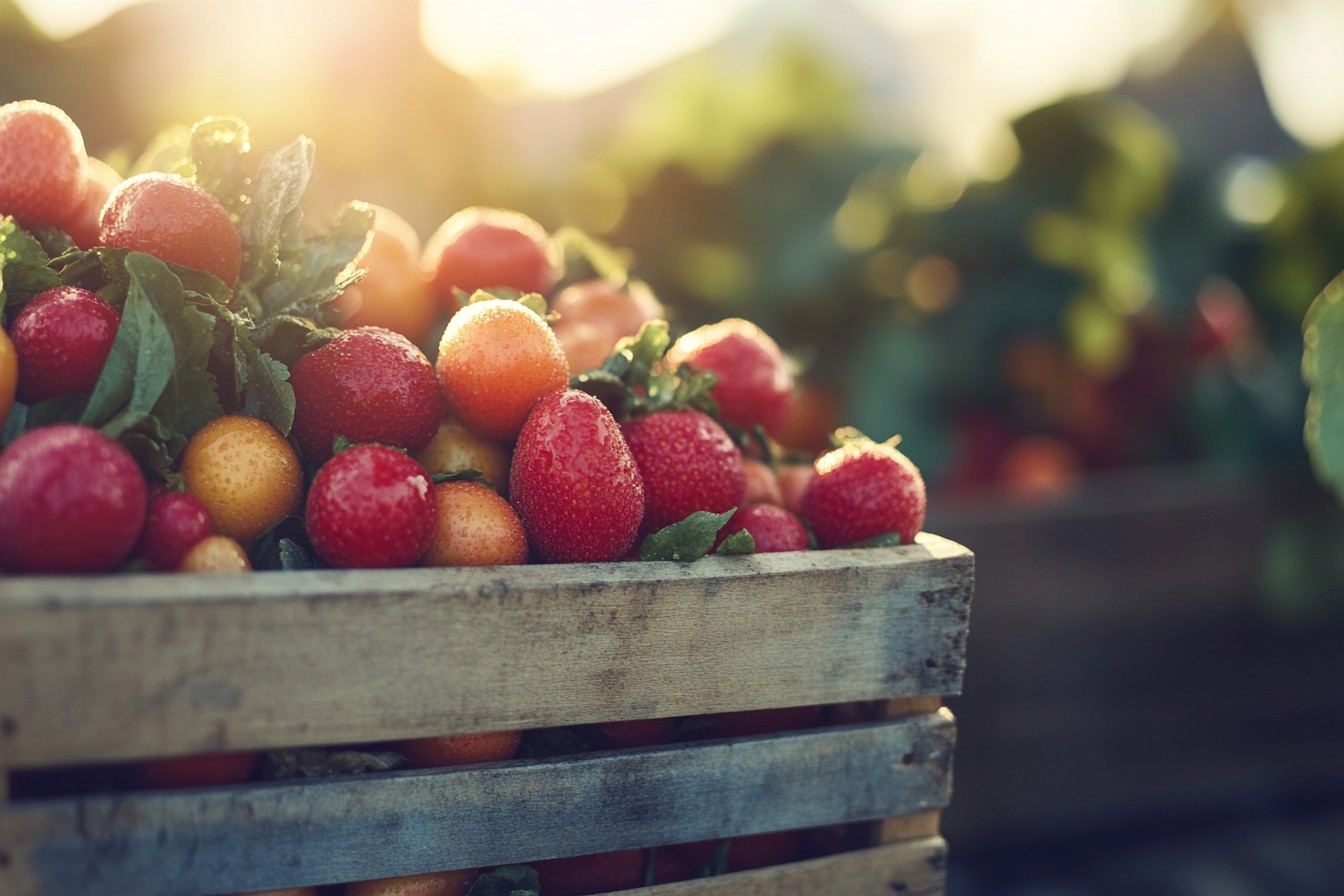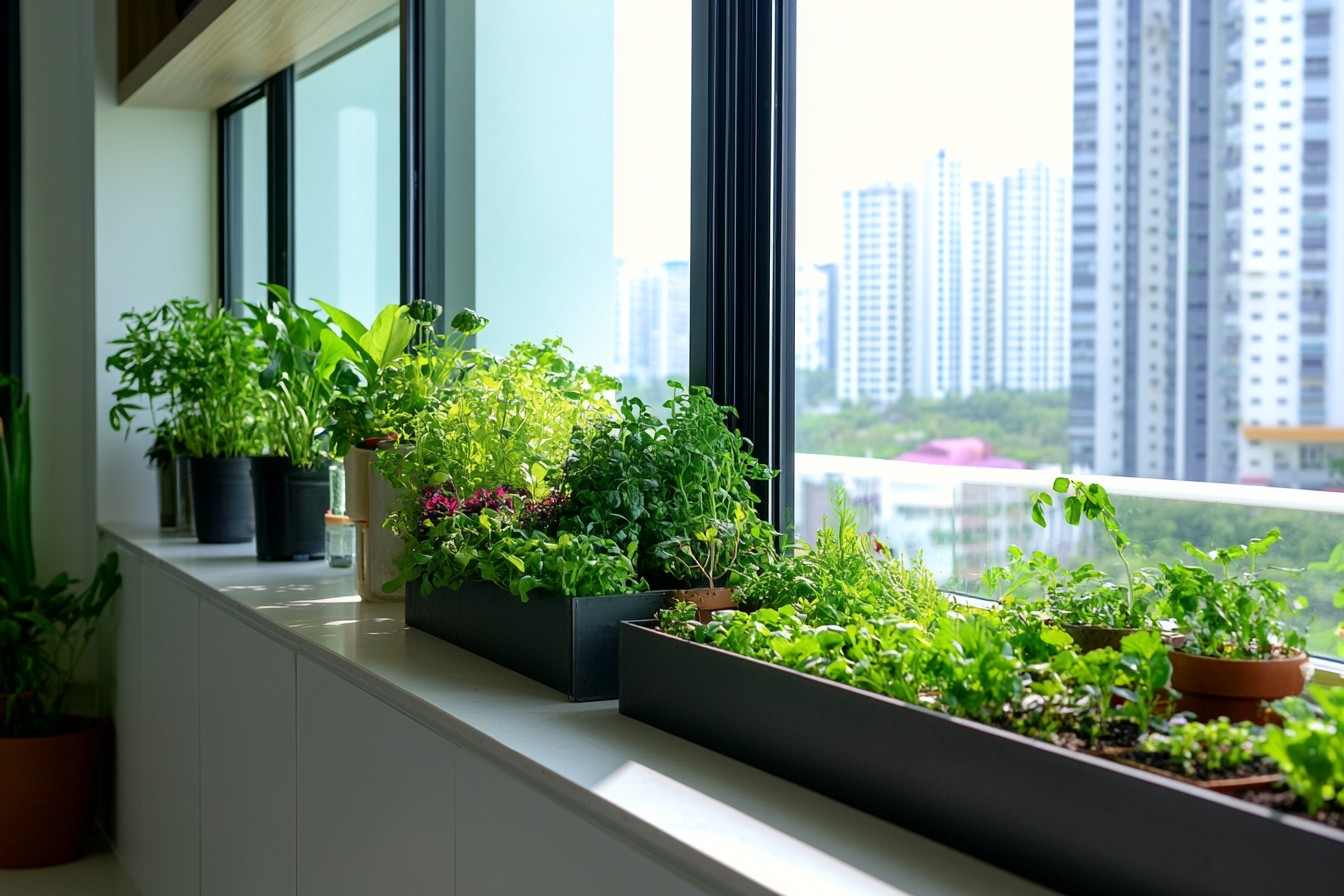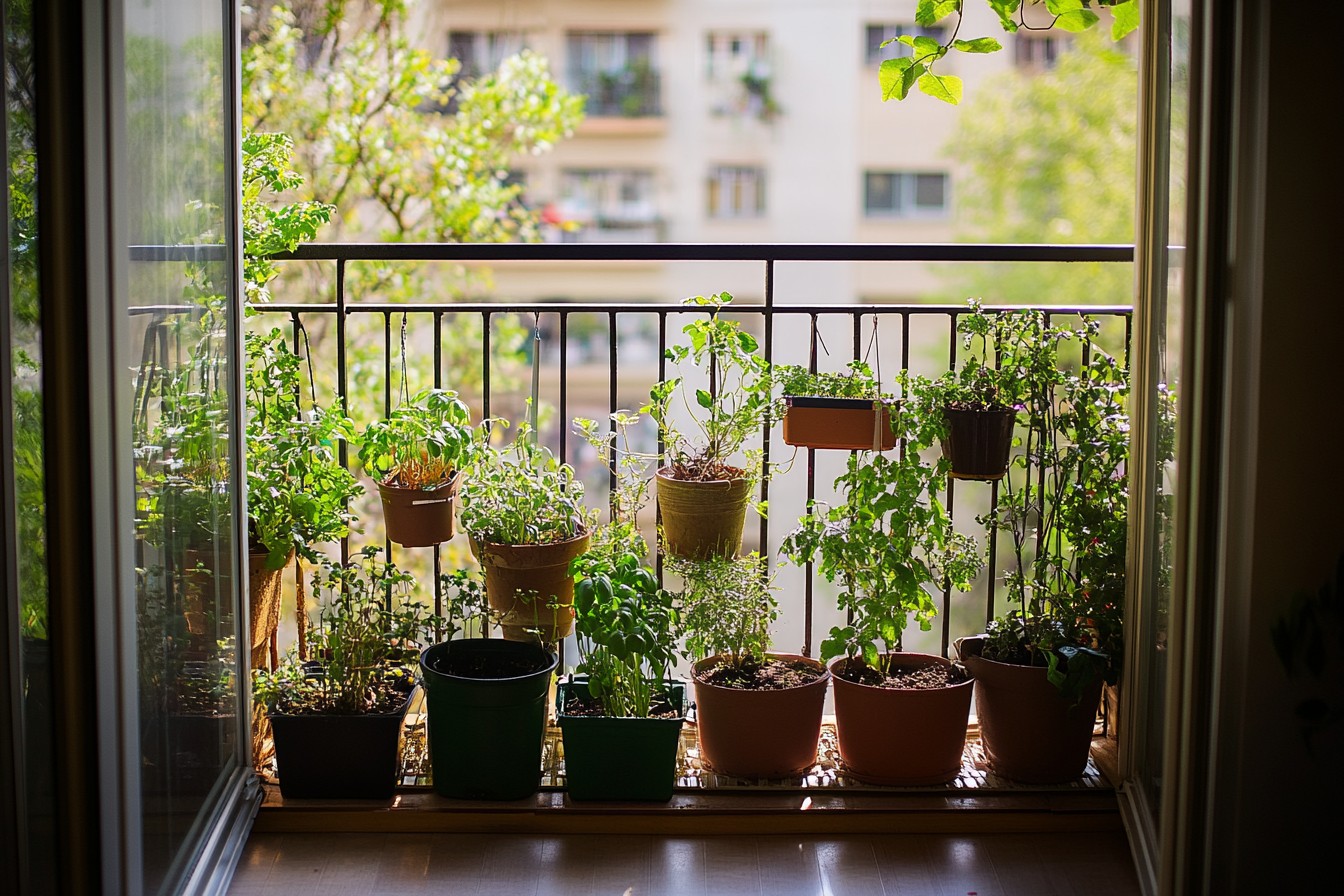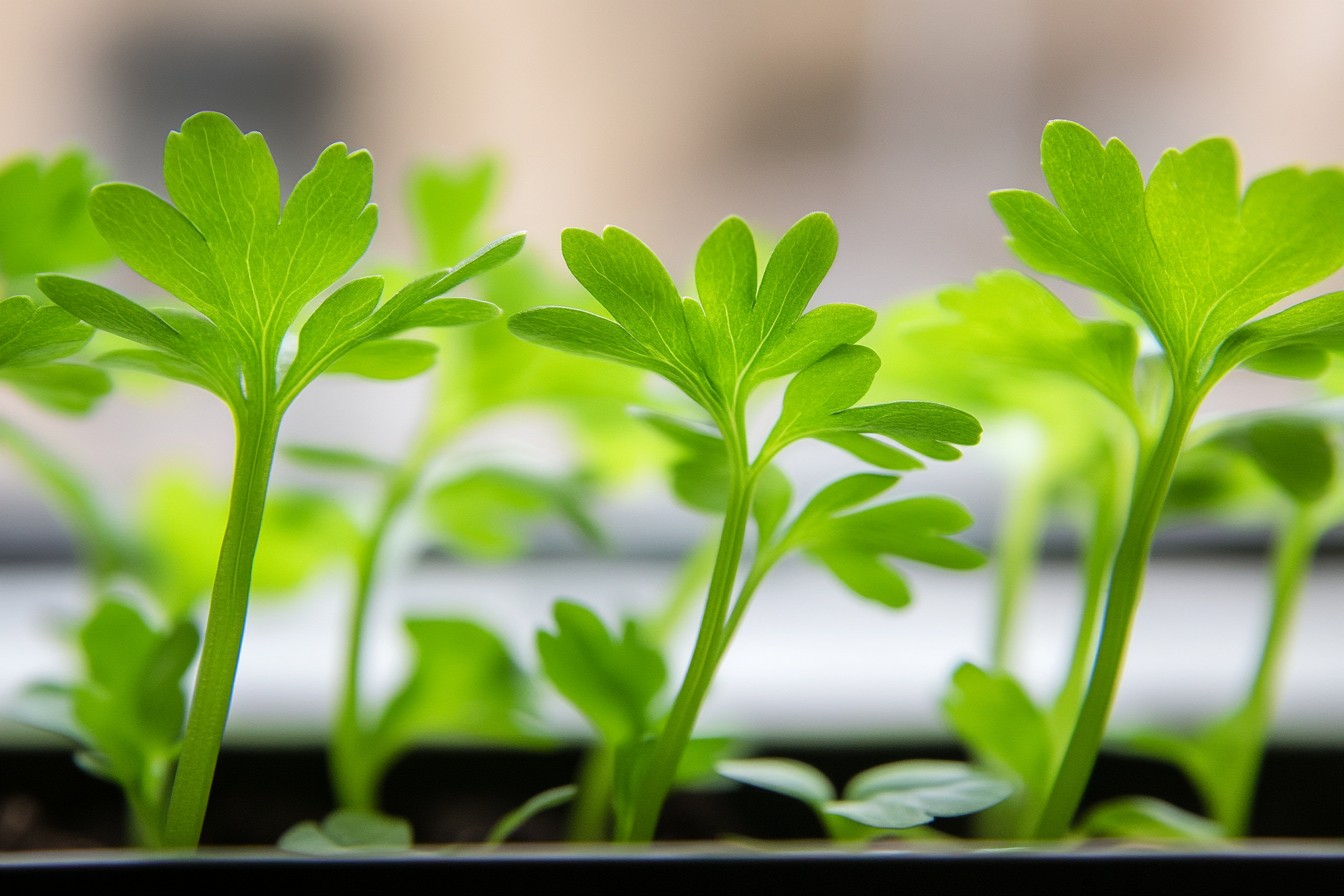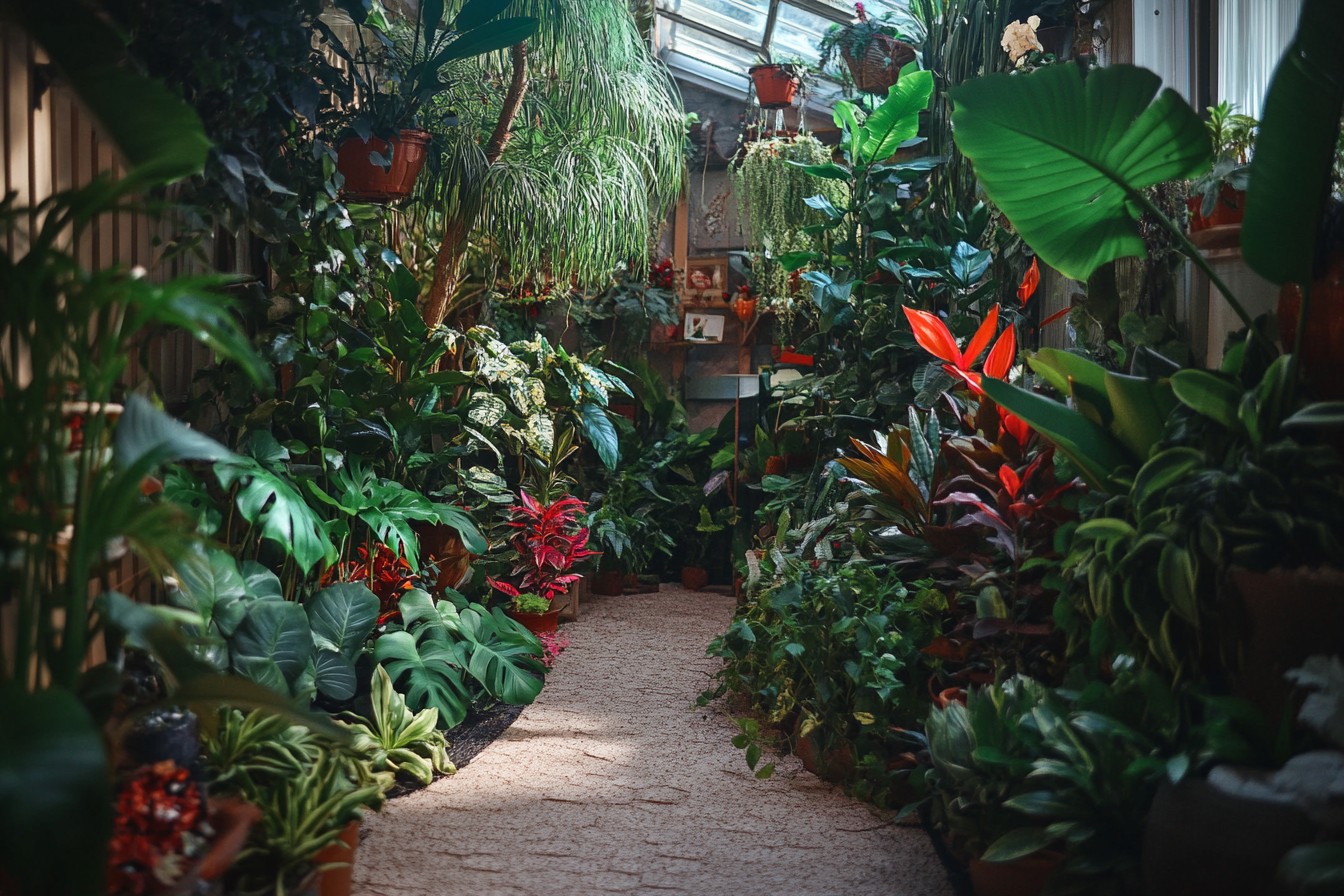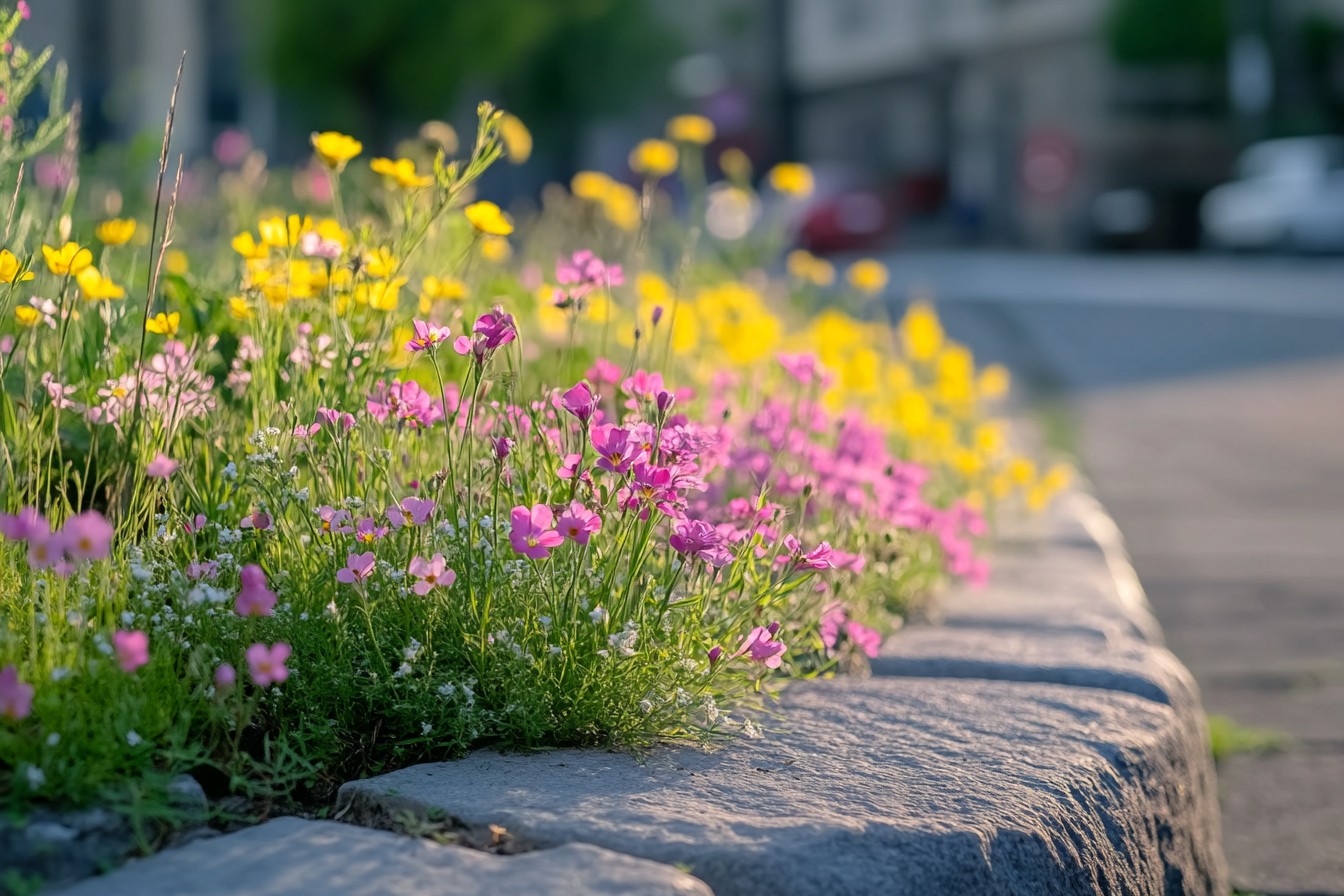When Mel moved in with me in 2019, she brought exactly three cooking-related items: a cast iron skillet that had belonged to her grandmother, a dangerously sharp chef’s knife, and a jar of homemade pesto that she guarded like it contained the secret to eternal youth. “Store-bought tastes like grass clippings and sadness,” she announced, placing the jar carefully in my nearly empty refrigerator. I didn’t have the heart to tell her that my primary cooking technique involved microwaving things in plastic containers.
Three years later, our 12-by-6-foot apartment balcony produces enough fresh food to supplement our meals almost year-round, and I’ve learned more about the difference between store-bought and homegrown produce than I ever thought possible. Turns out, Mel was right about the pesto. And pretty much everything else that comes from our little outdoor kitchen garden.
The transformation didn’t happen overnight. Our first attempt at balcony gardening was a comedy of errors involving too many tomato plants, containers that were way too small, and me dramatically underestimating how quickly zucchini grows. We ended up with leggy, nutrient-starved tomatoes that produced exactly seven fruits total, and a zucchini plant that somehow escaped its pot, crawled across the balcony, and attempted to invade the neighbor’s space before we caught and redirected it.
“We need a plan,” Mel said one evening, after another disappointing harvest of two tiny tomatoes and some sad-looking basil. She was right. We were approaching this all wrong—treating our balcony like a miniature farm rather than what it needed to be: a carefully curated, high-efficiency food production system that catered specifically to what we actually ate.
The planning process began with a ridiculously detailed food diary. For two weeks, we wrote down everything we ate, noting which ingredients we could potentially grow. Patterns emerged quickly.
We used fresh herbs almost daily. Cherry tomatoes appeared in at least five meals a week. Leafy greens, peppers, and green onions were staples.
Mel baked bread every weekend and threw in whatever herbs were available. We both drank tea constantly and used lemons in everything from cooking to cocktails. Our crop selection practically planned itself after that.
We prioritized high-yield, high-use plants that could thrive in containers and provide the biggest impact on our everyday meals. Out went the space-hogging zucchini and full-sized tomatoes. In came compact varieties bred for containers, herbs we used daily, and leafy greens with fast growth cycles.
The spatial challenge of a 72-square-foot balcony that also needed to function as, you know, a balcony, forced us to get creative. I built a three-tiered stand that ran along the railing, maximizing vertical space while still allowing sunlight to reach each level. This alone tripled our growing area.
We installed hanging planters on the ceiling of the balcony and the wall of the building (with landlord approval secured through shameless bribery involving Mel’s incredible rosemary focaccia). Container selection became a near-obsession. After extensive research and more than a few arguments about aesthetics versus functionality, we settled on a mix of 5-gallon fabric pots for larger plants like tomatoes and peppers, rectangular railing planters for herbs and greens, and hanging baskets for trailing plants like strawberries and thyme.
Everything had to have excellent drainage—a lesson learned the hard way after a week of heavy rain turned one planter into what Mel described as “a swamp where basil goes to die.”
Our soil mix evolved through trial and error too. Standard potting soil alone dried out too quickly in the hot, windy conditions of our south-facing balcony. We ended up creating a custom mix: 60% high-quality organic potting soil, 20% compost, 10% coconut coir for water retention, and 10% perlite for drainage.
We also incorporated worm castings as a natural fertilizer, which led to the establishment of a small worm bin in a corner of our kitchen—a whole other adventure that initially horrified and later fascinated our dinner guests. With space at such a premium, succession planting became crucial to our strategy. We couldn’t afford to have containers sitting empty or occupied by spent plants.
I created a ridiculously detailed spreadsheet (engineering background coming in handy, finally!) tracking planting dates, expected harvest periods, and what would replace each crop when it finished producing. For example, our spring lettuces occupied the same containers that would later host heat-loving basil in summer, which would then be replaced by fall spinach when the basil inevitably flowered and declined. This rotation kept our small space productive throughout the growing season and allowed us to avoid the feast-or-famine problem of having too much of one crop all at once.
The financial impact surprised us both. I’d started the garden as a hobby and a way to appease Mel’s desire for fresh herbs, not as an economic strategy. But after a few months of religiously tracking our grocery bills (yes, another spreadsheet—I may have a problem), we realized we were saving about $25-30 per week during peak growing season.
The herbs alone made a huge difference—have you seen what they charge for a tiny plastic clamshell of organic basil these days? Highway robbery. Our most valuable crops, in terms of grocery savings, turned out to be:
Cherry tomatoes: We grew “Micro Tom” and “Tiny Tim” varieties that stayed compact but produced prolifically from June through October.
A conservative estimate put our harvest at about 30 pints worth, which would have cost at least $120 at organic grocery prices. Herbs: Basil, parsley, cilantro, mint, thyme, rosemary, and chives. At $2-4 per small package in stores, we saved approximately $15-20 weekly just on herbs.
The fresh pesto alone (which Mel made in large batches and froze in ice cube trays) saved us at least $100 over buying premade. Salad greens: By growing cut-and-come-again varieties and harvesting just what we needed for each meal, we eliminated those half-used containers of greens turning to slime in the produce drawer. Estimated savings: $10-15 weekly during spring and fall.
Bell peppers: Mini bell varieties like “Lunchbox” produced dozens of snack-sized peppers from just two plants. Considering organic colored peppers often cost $2 each, this saved us about $75 over the season. Green onions: The gift that keeps on giving.
We kept the root ends in water after using store-bought ones, let them regrow, then planted them in containers where they provided continuous harvests. Total cost: essentially zero. But the real value went beyond money.
There’s something fundamentally satisfying about stepping outside with scissors to snip fresh herbs for dinner or harvesting a handful of sun-warmed cherry tomatoes for a salad. The quality difference is impossible to overstate. Store-bought basil tastes like a faint echo of what grows on our balcony.
Our homegrown greens have flavors and textures I never knew existed in vegetables I’d been eating my entire life. The learning curve was steep, and we killed plenty of plants along the way. Our first attempt at growing strawberries produced beautiful, juicy fruits that were promptly stolen by squirrels who left nothing but mocking green caps as evidence of their heist.
We tried growing cucumbers vertically, only to create a bizarre green curtain that threatened to engulf our entire seating area. One overly ambitious hot pepper experiment left us with enough spicy chilis to harm ourselves and everyone we knew. Our current plant roster is carefully curated based on three years of data (yes, I’ve kept records of everything—again, spreadsheet problem).
In spring, we grow lettuces, spinach, radishes, and peas. Summer belongs to cherry tomatoes, compact bell peppers, bush beans, basil, and other heat-loving herbs. Fall brings back the greens, along with cold-tolerant herbs and the last succession of bush beans.
Throughout the year, perennial herbs like rosemary, thyme, and mint provide consistent harvests. We even added a dwarf Meyer lemon tree in a large pot that spends summers outside and winters in our south-facing bedroom window, producing enough lemons for cooking and the occasional cocktail. Watering this intensive garden could have been a full-time job, especially during Chicago’s hot summers.
The solution came in the form of a self-watering system I cobbled together using irrigation tubing, a small reservoir, and a timer. The entire balcony garden can now run for three days without intervention—a feature that has saved our plants during weekend trips and heatwaves when twice-daily watering would otherwise be necessary. The biggest challenge was plant selection for our specific conditions.
Our balcony faces south and is essentially a heat trap from May through September. Temperatures regularly exceed 100°F during summer afternoons, which is great for peppers and tomatoes but lethal for many greens. Through much trial and error, we’ve identified heat-tolerant varieties that can withstand these conditions, like “Yugoslav Red” lettuce and “Malabar” spinach that keep producing even in July heat.
The changes in our daily eating habits have been profound. We automatically eat more seasonally now, building meals around what’s currently producing well. Breakfast often includes herbs in eggs or greens in smoothies.
Lunch might be a salad with various garden additions. Dinner frequently features pasta with fresh herbs or roasted vegetables including whatever we’ve harvested that day. Our grocery shopping has changed too.
We buy fewer packaged foods and more staples to combine with our fresh produce. The produce we do buy tends to be items we can’t grow efficiently in our space—things like onions, garlic, and larger fruiting vegetables that need more room than our balcony can provide. For anyone looking to start their own kitchen garden in a small space, I’d recommend starting with herbs—they’re expensive to buy, easy to grow, and make an immediate impact on your cooking.
Next, cherry tomatoes and compact peppers offer substantial yields from small spaces. Leafy greens give you the fastest return, often ready to harvest within 30 days of planting. The financial savings are real but secondary to the quality improvement and satisfaction of growing even a portion of your own food.
There’s a distinct pleasure in serving a meal and being able to point to multiple components and say, “We grew that.” It changes your relationship with food in ways that are hard to quantify but impossible to ignore. Three years in, our little balcony garden isn’t just supplying ingredients—it’s shaped how we cook, eat, and think about food. Mel still makes her legendary pesto, but now with basil we’ve grown ourselves.
I’ve graduated from microwave cuisine to actual cooking, motivated by the insanely flavorful ingredients just outside our door. And together, we’ve transformed a concrete slab in the sky into a productive growing space that feeds both body and soul, one cherry tomato at a time.
